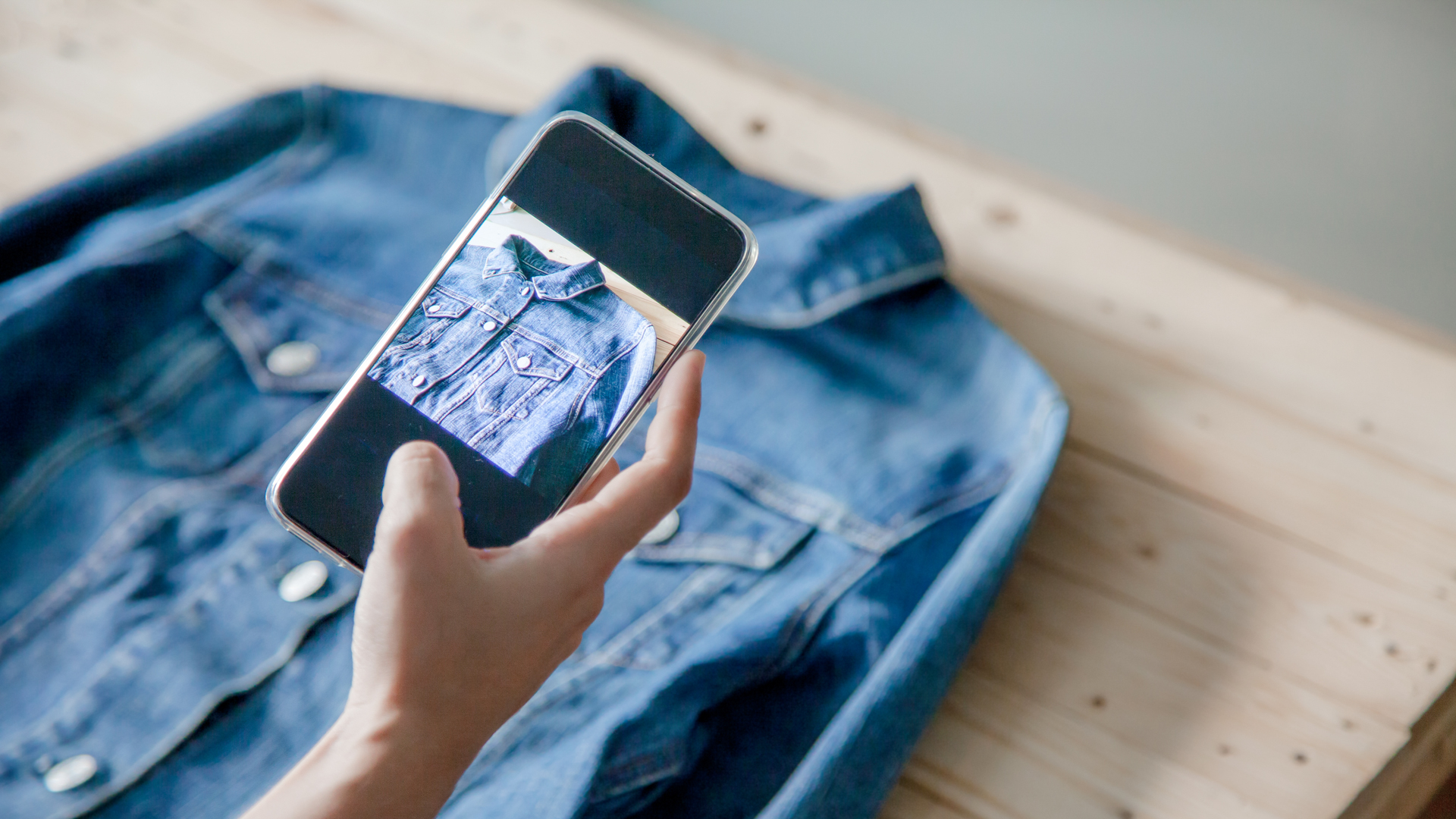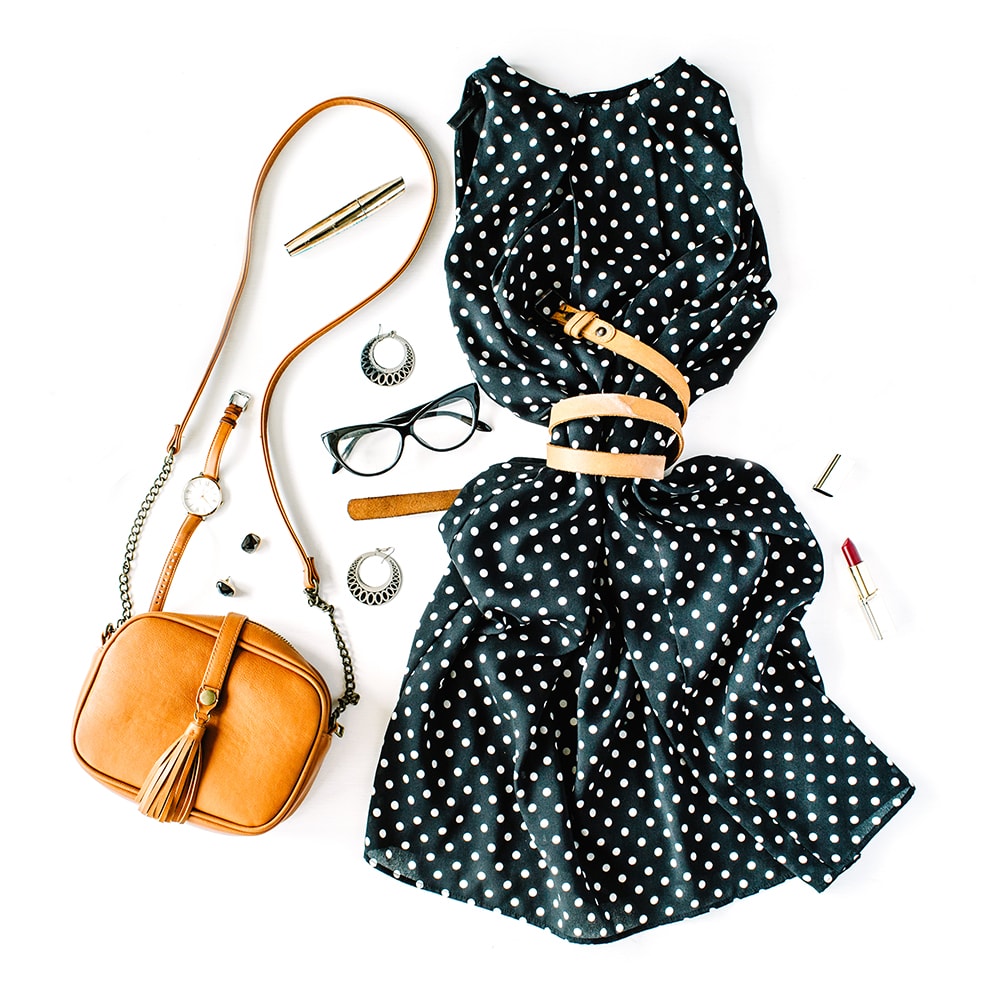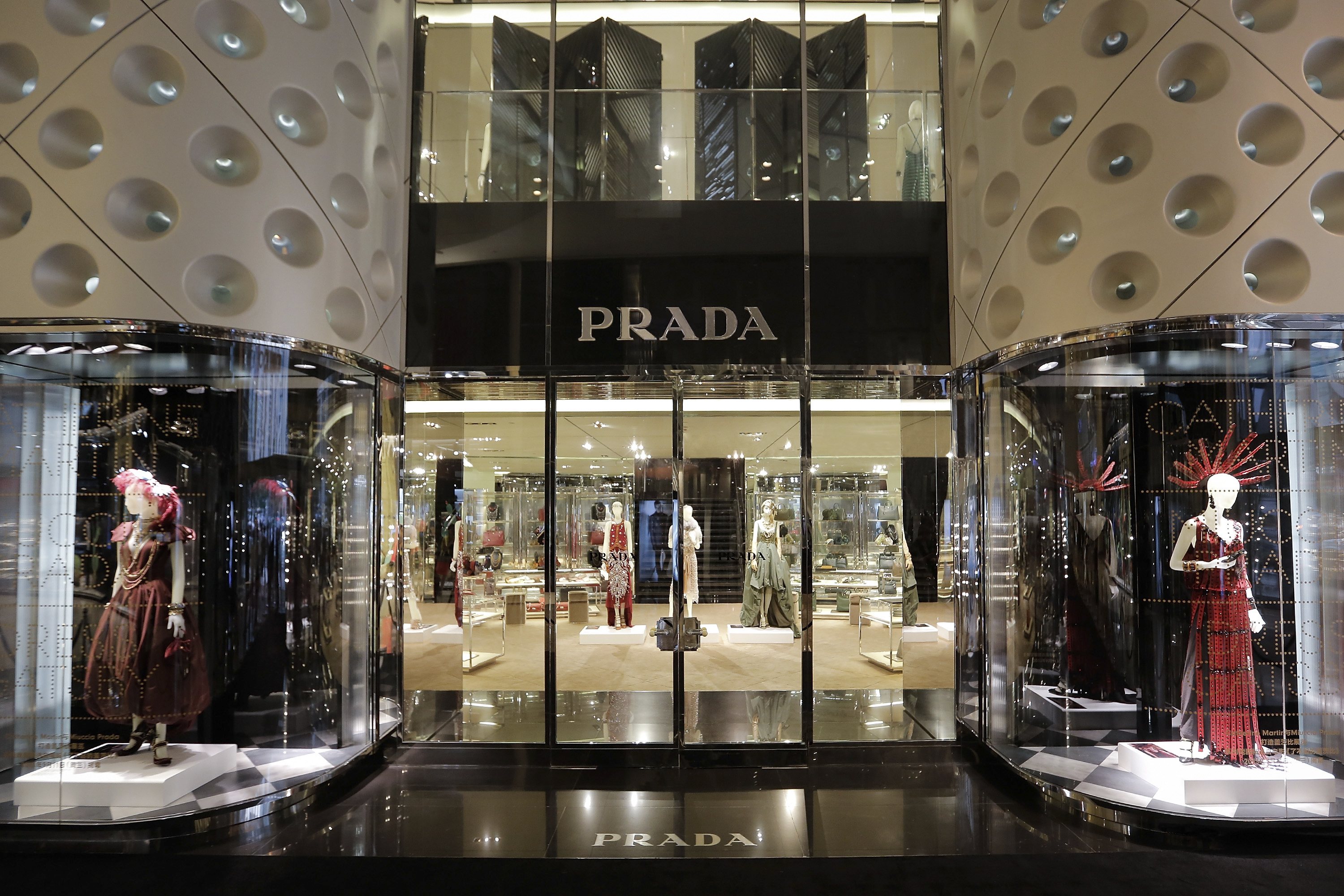Why Selling Expensive Clothes Requires a Strategic Approach
Selling expensive clothes can be a daunting task, especially in a market where luxury second-hand clothing is in high demand. With the rise of online marketplaces and social media platforms, the options for selling high-end clothing have increased, but so has the competition. To maximize profits, it’s essential to choose the right platform and approach. The key to success lies in understanding the target audience, the value of the clothing, and the fees associated with each platform.
One of the primary challenges of selling expensive clothes is determining their value. Luxury clothing items, such as designer handbags and shoes, can retain their value over time, but their worth can fluctuate depending on factors like condition, rarity, and brand. To overcome this challenge, it’s crucial to research the market, understand the demand for similar items, and price the clothing competitively. This strategic approach will help attract potential buyers and increase the chances of selling the item at a profit.
Another critical aspect of selling expensive clothes is choosing the right platform. Online marketplaces like The RealReal, 1stdibs, and eBay cater to a wide range of buyers, from collectors to fashion enthusiasts. However, each platform has its fees, target audience, and features, which can impact the sale of luxury clothing. For instance, The RealReal specializes in authenticated designer goods, while 1stdibs focuses on high-end, one-of-a-kind items. Understanding the strengths and weaknesses of each platform is vital to selecting the best option for selling expensive clothes.
In addition to online marketplaces, consignment shops and social media platforms can also be effective channels for selling luxury clothing. Consignment shops offer a personalized approach, with staff expertise and a targeted audience, which can result in higher profits. Social media platforms, like Instagram and Facebook, provide a vast reach and the ability to showcase items through high-quality photos and detailed descriptions. By leveraging these channels, sellers can increase their chances of selling expensive clothes and maximizing their profits.
Ultimately, selling expensive clothes requires a strategic approach that involves understanding the market, determining the value of the clothing, and choosing the right platform. By adopting this approach, sellers can navigate the competitive landscape of luxury second-hand clothing and achieve their goals. Whether you’re looking to sell a single item or a collection, knowing where to sell expensive clothes is crucial to success.
How to Determine the Value of Your Luxury Clothing
Determining the value of luxury clothing is a crucial step in selling expensive clothes. Accurate pricing is essential to attract potential buyers and maximize profits. To determine the value of your luxury clothing, research the market to understand the demand for similar items. Check online marketplaces, such as The RealReal and 1stdibs, to see what similar items are selling for. Additionally, consult with experts, such as appraisers or collectors, to gain a deeper understanding of the item’s value.
Condition is also a critical factor in determining the value of luxury clothing. Check the item for any signs of wear or damage, and consider the rarity of the item. Limited edition or one-of-a-kind items can command a higher price due to their exclusivity. Brand and designer are also essential considerations, as certain luxury brands, such as Chanel or Louis Vuitton, tend to retain their value over time.
When researching the market, consider the following factors to determine the value of your luxury clothing:
- Original price: Check the original price of the item to understand its value when it was first purchased.
- Comparable sales: Research similar items that have sold recently to determine a fair market price.
- Condition: Consider the condition of the item, including any signs of wear or damage.
- Rarity: Determine if the item is limited edition or one-of-a-kind, which can impact its value.
- Brand and designer: Consider the luxury brand and designer, as certain brands tend to retain their value over time.
By considering these factors, you can determine a fair and accurate price for your luxury clothing, increasing the chances of selling it quickly and for a profit. Whether you’re looking to sell a single item or a collection, understanding the value of your luxury clothing is essential to success in the market.
The Best Online Marketplaces for Selling Luxury Clothing
When it comes to selling luxury clothing, choosing the right online marketplace is crucial to maximizing profits. With so many options available, it can be overwhelming to decide where to sell expensive clothes. In this section, we’ll review some of the most popular online marketplaces for selling high-end clothing, including The RealReal, 1stdibs, and eBay.
The RealReal is a luxury consignment store that specializes in authenticated designer goods. With a strong focus on quality and authenticity, The RealReal is an excellent option for sellers who want to ensure their items are sold to a targeted audience. The platform charges a commission fee ranging from 15% to 50% of the sale price, depending on the item’s value.
1stdibs is another popular online marketplace for selling luxury clothing. This platform is geared towards high-end collectors and enthusiasts, offering a curated selection of rare and unique items. 1stdibs charges a commission fee of 15% to 20% of the sale price, making it a competitive option for sellers.
eBay is a well-established online marketplace that offers a wide range of categories, including luxury clothing. With a large user base and competitive pricing, eBay is an excellent option for sellers who want to reach a broad audience. However, eBay’s fees can be higher than other platforms, ranging from 8% to 12.5% of the sale price.
When choosing an online marketplace to sell luxury clothing, consider the following factors:
- Fees: Understand the commission fees charged by each platform and how they will impact your profits.
- Target audience: Consider the type of buyers each platform attracts and whether they align with your target market.
- Features: Look for platforms that offer features such as authentication, shipping, and customer support to make the selling process easier.
By choosing the right online marketplace, sellers can increase their chances of selling luxury clothing quickly and for a profit. Whether you’re looking to sell a single item or a collection, understanding the options available is essential to success in the market.
The Benefits of Consignment Shops for Luxury Clothing
Consignment shops have long been a popular option for selling luxury clothing, and for good reason. These high-end shops offer a unique combination of expertise, target audience, and potential for higher profits that can’t be found elsewhere. When considering where to sell expensive clothes, consignment shops should definitely be on the radar.
One of the primary benefits of consigning luxury clothing to high-end consignment shops is the expertise of the staff. These shops employ knowledgeable and experienced professionals who understand the luxury market and can accurately price and promote your items. This expertise can be especially valuable when dealing with rare or unique items that require a deep understanding of the market.
Another benefit of consignment shops is the target audience they attract. These shops cater to a high-end clientele who are looking for luxury items and are willing to pay top dollar for them. By consigning your luxury clothing to one of these shops, you can tap into this targeted audience and increase your chances of selling your items quickly and for a profit.
Popular consignment shops like Crossroads Trading Co. and Wasteland offer a range of benefits for sellers, including:
- Expertise: Knowledgeable staff who understand the luxury market and can accurately price and promote your items.
- Target audience: High-end clientele who are looking for luxury items and are willing to pay top dollar for them.
- Potential for higher profits: Consignment shops can offer higher profits than other sales channels, especially for rare or unique items.
When consigning luxury clothing to a high-end consignment shop, it’s essential to understand the terms and conditions of the consignment agreement. This includes the commission fees, the length of the consignment period, and the shop’s policies on pricing and promotion.
By consigning your luxury clothing to a reputable high-end consignment shop, you can tap into a targeted audience, increase your chances of selling your items quickly and for a profit, and benefit from the expertise of the shop’s staff. Whether you’re looking to sell a single item or a collection, consignment shops are definitely worth considering.
How to Host a Successful Luxury Clothing Sale on Social Media
Social media platforms like Instagram and Facebook have become increasingly popular for selling luxury clothing. With millions of users and a wide range of features, these platforms offer a unique opportunity to showcase high-end items and connect with potential buyers. However, hosting a successful luxury clothing sale on social media requires more than just posting a few photos and waiting for buyers to come to you.
To host a successful luxury clothing sale on social media, it’s essential to create high-quality content that showcases the item in the best possible light. This includes:
- High-quality photos: Use good lighting, and showcase the item from different angles to give potential buyers a clear view of the item.
- Detailed descriptions: Provide detailed descriptions of the item, including the brand, designer, condition, and any flaws or defects.
- Engaging with potential buyers: Respond promptly to inquiries, and engage with potential buyers to build trust and answer any questions they may have.
Another key factor in hosting a successful luxury clothing sale on social media is to use relevant hashtags and keywords. This will help your content reach a wider audience and attract potential buyers who are searching for luxury clothing. Some popular hashtags for luxury clothing include #luxuryclothing, #highendfashion, and #designerclothing.
Additionally, consider using social media advertising to reach a wider audience and drive traffic to your sale. Platforms like Instagram and Facebook offer a range of advertising options, including sponsored posts and targeted ads.
When hosting a luxury clothing sale on social media, it’s also essential to be transparent about the condition and authenticity of the item. This includes providing detailed descriptions of any flaws or defects, and being upfront about the item’s history and provenance.
By following these tips, you can host a successful luxury clothing sale on social media and connect with potential buyers who are looking for high-end items. Whether you’re looking to sell a single item or a collection, social media offers a unique opportunity to showcase your luxury clothing and reach a wider audience.
The Role of Authentication in Selling Luxury Clothing
Authentication is a crucial aspect of selling luxury clothing, as it ensures the legitimacy and value of the item. With the rise of counterfeit goods, it’s more important than ever to verify the authenticity of luxury clothing before selling it. In this section, we’ll discuss the importance of authentication and the role of authentication services like Entrupy.
Authentication is the process of verifying the authenticity of a luxury item, including its brand, designer, and materials. This process is essential to ensure that the item is genuine and not a counterfeit. Counterfeit goods can be difficult to spot, and selling them can have serious consequences, including damaging your reputation and losing customer trust.
Entrupy is a leading authentication service that uses AI-powered technology to verify the authenticity of luxury goods. Entrupy’s authentication process involves a thorough examination of the item, including its materials, craftsmanship, and packaging. This process ensures that the item is genuine and not a counterfeit.
The consequences of selling counterfeit goods can be severe, including:
- Damaging your reputation: Selling counterfeit goods can damage your reputation and lose customer trust.
- Financial losses: Selling counterfeit goods can result in financial losses, including refunds and legal fees.
- Legal consequences: Selling counterfeit goods can result in legal consequences, including fines and penalties.
To avoid these consequences, it’s essential to authenticate luxury clothing before selling it. This can be done through authentication services like Entrupy or by working with reputable suppliers and manufacturers.
In addition to authentication, it’s also important to provide detailed descriptions of the item, including its materials, craftsmanship, and packaging. This information can help buyers verify the authenticity of the item and make informed purchasing decisions.
By authenticating luxury clothing and providing detailed descriptions, you can build trust with your customers and establish a reputation as a trusted seller of luxury goods. Whether you’re selling online or in-store, authentication is an essential step in the sales process.
Tips for Taking High-Quality Photos of Luxury Clothing
When it comes to selling luxury clothing, high-quality photos are essential to showcasing the item in the best possible light. Good photos can make a significant difference in attracting potential buyers and increasing the chances of selling the item quickly and for a good price. In this section, we’ll provide tips on how to take high-quality photos of luxury clothing.
One of the most important factors in taking good photos is lighting. Natural light is always the best option, so try to take photos near a window or outside during the golden hour (the hour just before sunset). Avoid using flash or artificial light, as it can create harsh shadows and unflattering colors.
Another key factor is showcasing the item from different angles. This will give potential buyers a clear view of the item and help them understand its condition and features. Take photos of the item from the front, back, and sides, and consider taking close-up shots of any details or features that are particularly noteworthy.
When taking photos of luxury clothing, it’s also important to highlight the details and features of the garment. This can include things like embroidery, beading, or other decorative elements. Use a macro lens or a close-up shot to capture these details and showcase the item’s craftsmanship and quality.
Additionally, consider using a mannequin or a model to showcase the item. This can help potential buyers see how the item fits and looks on a real person, which can be especially helpful for items like dresses or coats.
Some other tips for taking high-quality photos of luxury clothing include:
- Use a clean and simple background to avoid distractions and showcase the item clearly.
- Avoid clutter and keep the item centered in the frame.
- Use a tripod or a stabilizer to prevent camera shake and ensure sharp photos.
- Edit your photos to enhance the colors and contrast, but avoid over-editing or manipulating the image in any way.
By following these tips, you can take high-quality photos of your luxury clothing that will showcase the item in the best possible light and attract potential buyers. Whether you’re selling online or in-store, good photos are essential to making a good impression and increasing the chances of selling the item quickly and for a good price.
Building a Reputation as a Trusted Seller of Luxury Clothing
Building a reputation as a trusted seller of luxury clothing is crucial to success in the market. When buyers trust a seller, they are more likely to make a purchase and return for future business. In this section, we’ll discuss the importance of building a reputation as a trusted seller of luxury clothing and provide tips on how to achieve it.
Providing excellent customer service is essential to building a reputation as a trusted seller of luxury clothing. This includes responding promptly to inquiries, being transparent about the condition and authenticity of the item, and providing detailed descriptions of the item. By providing excellent customer service, sellers can build trust with their customers and establish a positive reputation in the market.
Being transparent about the condition and authenticity of the item is also crucial to building a reputation as a trusted seller of luxury clothing. This includes providing detailed descriptions of the item, including any flaws or defects, and being upfront about the item’s history and provenance. By being transparent, sellers can build trust with their customers and avoid any potential disputes or issues.
Responding promptly to inquiries is also important to building a reputation as a trusted seller of luxury clothing. This includes responding to emails, phone calls, and messages in a timely and professional manner. By responding promptly to inquiries, sellers can build trust with their customers and establish a positive reputation in the market.
Some other tips for building a reputation as a trusted seller of luxury clothing include:
- Providing high-quality photos of the item to showcase its condition and features.
- Using secure payment methods to protect the buyer’s financial information.
- Offering a return or exchange policy to give buyers confidence in their purchase.
- Encouraging feedback and reviews from customers to build credibility and trust.
By following these tips, sellers can build a reputation as a trusted seller of luxury clothing and establish a positive presence in the market. Whether you’re selling online or in-store, building a reputation as a trusted seller is essential to success in the luxury clothing market.







/close-up-of-clothes-hanging-in-row-739240657-5a78b11f8e1b6e003715c0ec.jpg)
